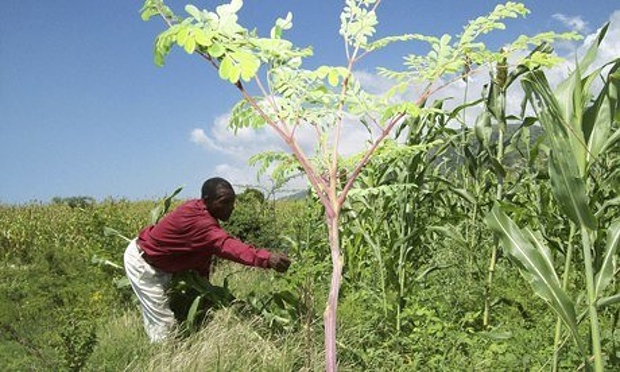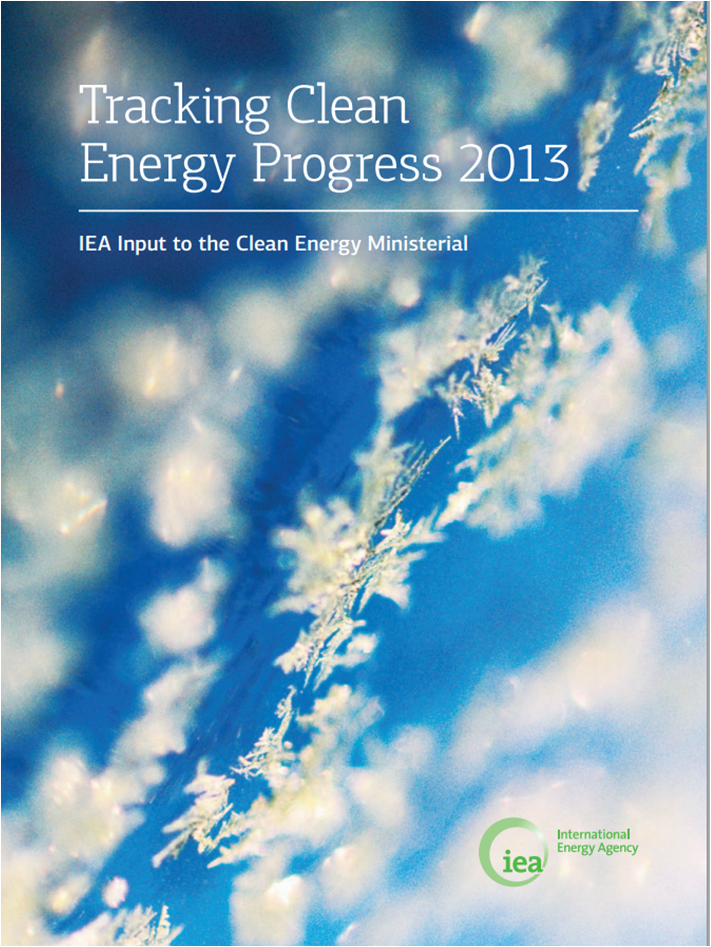Facebook Posts
Submitted by ysp013 on
Signs of new climate normal apparent in hot 2012 - report
Submitted by ysp013 on
The Power Is in the Data - reports reveal the status of global clean-energy transition
Submitted by ysp013 on
Geodesign Session 3B - Brazil - Maps Tell the Brazil Story – We Are Connected
Associated Media

- Global Energy Network International Summer Series: Geodesign 2015SESSION 3 - Thursday July 23 - "Maps tell the story of San Diego and Northern Baja. We are Connected"Geodesign* - Engineering the Transition...
Pages
Geodesign Session 3 - Brazil
Submitted by ashjeet on
Brazil Geodesign Presentation 3ii - Summer 2015
Submitted by ashjeet on
Geodesign Session 3C - Brazil - Maps Tell the Brazil Story – We Are Connected
Associated Media

- Global Energy Network International Summer Series: Geodesign 2015SESSION 3 - Thursday July 23 - "Maps tell the story of San Diego and Northern Baja. We are Connected"Geodesign* - Engineering the Transition...
Pages
Brazil Geodesign Presentation 3 - Summer 2015
Submitted by ashjeet on
Brazil Geodesign Presentation 3i - Summer 2015
Submitted by ashjeet on
San Diego and Baja Geodesign Presentation 3 - Summer 2015
Submitted by ashjeet on






